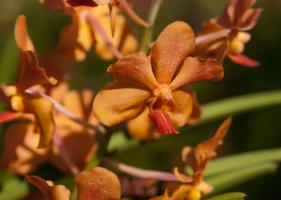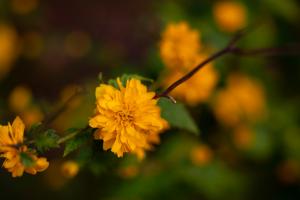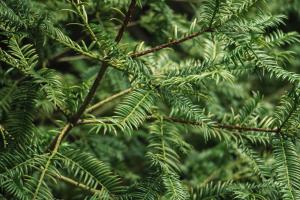When to Plant Juniper Trees: A Guide for Gardeners
Juniper trees are a popular choice for gardeners looking to add some texture and structure to their landscapes. With their distinctive blue-green foliage and aromatic scent, junipers can provide year-round interest in your garden. However, planting juniper trees requires some careful consideration, as these trees have specific needs when it comes to timing and soil conditions. In this article, we'll explore when to plant juniper trees and offer some tips for ensuring their success in your garden.
Spring or Fall: Which is the Best Time to Plant Juniper Trees?
Juniper trees can be planted in either spring or fall, but there are some advantages to each season. Planting in spring allows the trees to establish themselves before the heat of summer hits, while fall planting gives them a chance to root in before winter sets in. In general, the best time to plant juniper trees is when the soil temperature is between 60 and 70 degrees Fahrenheit. This typically occurs in late spring or early fall, depending on your location.
Tips for Planting Juniper Trees
When planting juniper trees, it's important to choose a well-draining location that gets plenty of sun. Junipers thrive in dry, rocky soil and dislike wet or boggy conditions. Before planting, remove any turf or weeds from the site and dig a hole twice as wide as the root ball. Mix in some compost or other organic matter to improve soil quality and aid water retention.
When planting the tree, be sure to set it at the same depth it was growing in the nursery. Backfill the hole with soil, tamp it down gently, and water thoroughly to settle the roots. Mulch around the base of the tree to help retain moisture and suppress weeds.
Caring for Juniper Trees
Once planted, juniper trees require minimal care to thrive. Water deeply once a week during the first growing season to encourage strong root growth. After that, only water during extended dry spells. Junipers are very tolerant of drought conditions and may suffer if over-watered.
Junipers also benefit from an annual application of fertilizer. Use a balanced, slow-release fertilizer in early spring to promote healthy growth and vibrant foliage.
Finally, be sure to prune your juniper trees regularly to maintain their shape and size. Trim back any dead or damaged branches, and shear them lightly in early spring or late fall to promote bushy growth.
Conclusion
Juniper trees can add beauty and interest to your garden with their distinctive foliage and scent. By planting them at the right time and in the right conditions, you can ensure their success in your landscape. Follow the tips outlined in this article and enjoy the beauty of junipers in your garden for years to come.

 how many times do yo...
how many times do yo... how many planted tre...
how many planted tre... how many pine trees ...
how many pine trees ... how many pecan trees...
how many pecan trees... how many plants comp...
how many plants comp... how many plants can ...
how many plants can ... how many plants and ...
how many plants and ... how many pepper plan...
how many pepper plan...































